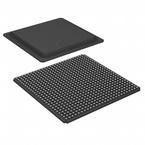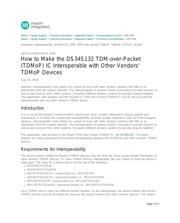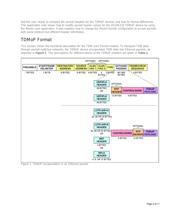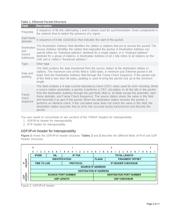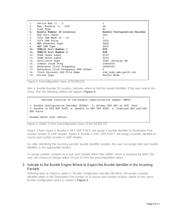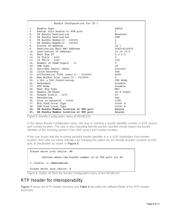下载

Maxim > Design Support > Technical Documents > Application Notes > Communications Circuits > APP 4785
Maxim > Design Support > Technical Documents > Application Notes > T/E Carrier and Packetized > APP 4785
Keywords: interoperability, DS34S132, TDM, TDM over packet, TDMoP, TDMoIP, SAToP, CESoP
APPLICATION NOTE 4785
How to Make the DS34S132 TDM-over-Packet
(TDMoP) IC Interoperable with Other Vendors'
TDMoP Devices
Aug 31, 2010
Abstract: Interoperability is the ability of a system to work with other vendors' systems with little or no
intervention from the system operator. The interoperability of systems makes it possible to provide services to,
and accept services from, other systems. It enables different vendors' systems to operate properly together.
This application note explains how the DS34S132 TDM-over-Packet (TDMoP) IC can be set up to provide
interoperability with any other vendor's TDMoP device.
Introduction
It is no secret that today's communications require ever more complex interactions among systems and
components. It is within this context that interoperability assumes greater importance with each technological
advance. Interoperability is the ability of a system to work with other vendors' systems with little or no
intervention from the system operator. The interoperability of systems makes it possible to provide services to,
and accept services from, other systems. It enables different vendors' systems to operate properly together.
This application note focuses on the Maxim TDM-over-Packet (TDMoP) IC, the DS34S132. The article
explains the setup requirements to provide interoperability between the DS34S132 and other vendors' TDMoP
devices.
Requirements for Interoperability
The packet stream created by Maxim's TDMoP devices may not have the same packet header information as
other vendors' TDMoP devices. To make TDMoP devices interoperable, the user needs to know the device's
setup type. The setup for a Maxim device will be one of the following:
IP/UDP/RTP/SAToP
IP/UDP/RTP/CESoPSN
MEF/RTP/CESoETH—unstructured (i.e., MEF/SAToP)
MEF/RTP/CESoETH—structured locked (i.e., MEF/CESoPSN)
MPLS/RTP/SAToP—unstructured (i.e., MPLS/RTP/SAToP)
MPLS/RTP/CESoPSN—structured locked (i.e., MPLS/RTP/CESoPSN)
Each TDMoP device setup has different packet headers. To be interoperable, the packet header from Maxim
TDMoP devices must be formatted the same as the packet header from other vendors' devices. This means
Page 1 of 11

